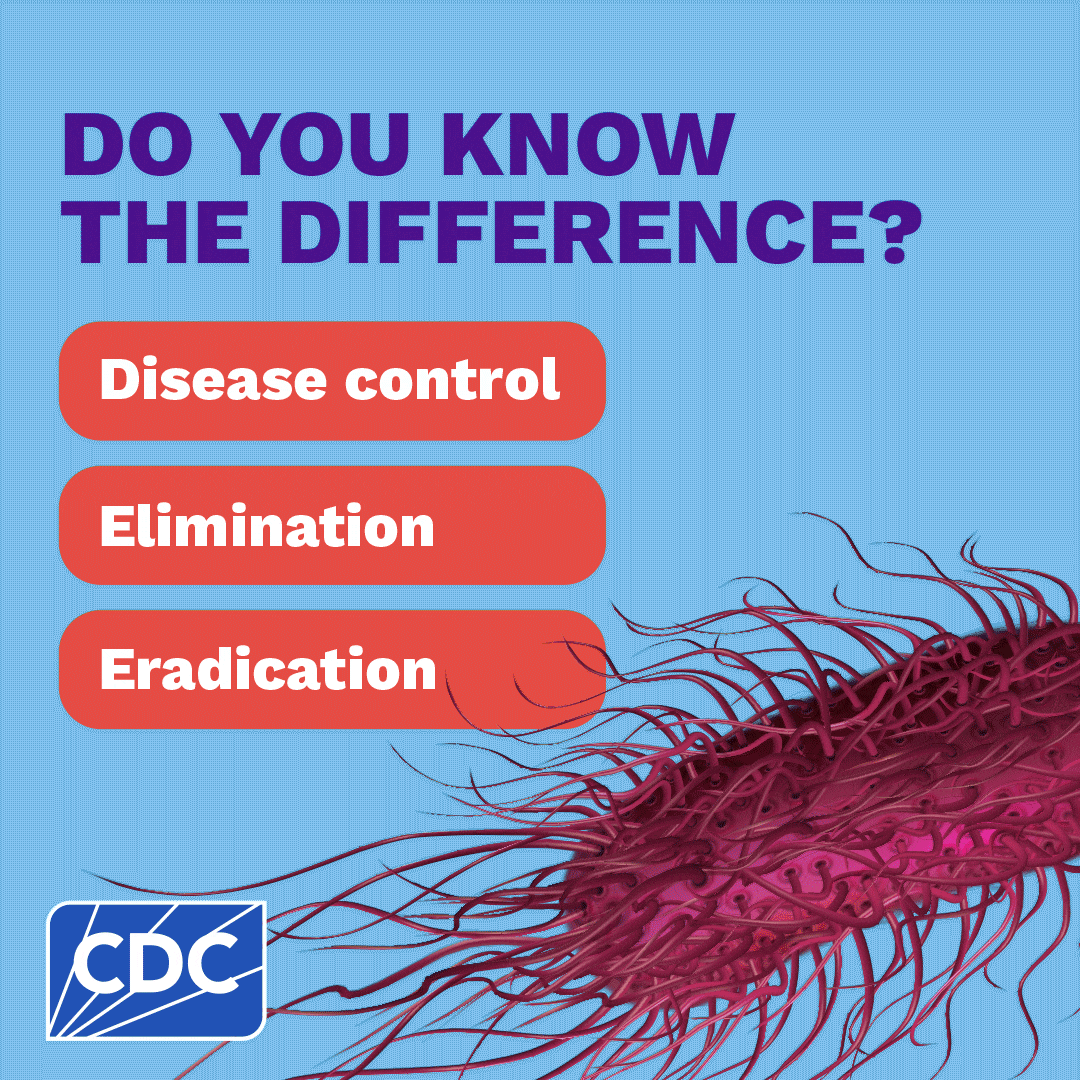Key points
- Polio cases have decreased by more than 99%.
- Two types of vaccines are available to help prevent polio.
- Polio eradication is possible – but challenges remain.

Progress towards eradicating polio
Polio cases have decreased by more than 99%.
Since the launch of GPEI, polio cases have decreased by more than 99%. In addition, polio vaccines have prevented an estimated 20 million cases of paralysis in children since 1988.
Vaccines have stopped the spread of wild poliovirus in all but two countries: Afghanistan and Pakistan. However, other countries have experienced outbreaks of poliovirus variants, which can emerge in areas where immunization rates are low.
Success in eradicating polio will mean that no more children will have to experience the devastating effects of the disease.
Terms to know
Did you know?
Disease elimination happens when there are no more cases of a disease in a certain geographical area.
Disease eradication happens when there are no more cases of a disease in the world.

Prevention

Two types of vaccines are available to help prevent polio.
OPV is the vaccine used globally to eradicate polio, which can spread in areas with poor access to clean water, handwashing, and good sanitation. In those settings, OPV offers an inexpensive and efficient way to immunize people against polio.
Since 2000, only IPV has been used in the U.S.
Next steps
It is possible to eradicate polio.
As long as wild poliovirus remains in Afghanistan and Pakistan, all countries are at risk of wild poliovirus being imported.
For example, an outbreak of wild poliovirus (imported from Pakistan) occurred in Southeastern Africa in 2021 and 2022. Ongoing conflicts and competing health priorities make it challenging to vaccinate all children in countries with wild poliovirus.
In some other countries, poliovirus variants (also known as vaccine-derived poliovirus) present an additional challenge. Variant poliovirus outbreaks emerge when not enough children are vaccinated against polio.
Three actions are urgently needed to end polio once and for all:
- Strengthen routine polio immunization, ensuring all infants receive several doses of polio vaccines before one year of age.
- Detect polio cases in a timely manner.
- Rapidly respond to outbreaks with high-quality vaccination campaigns.
